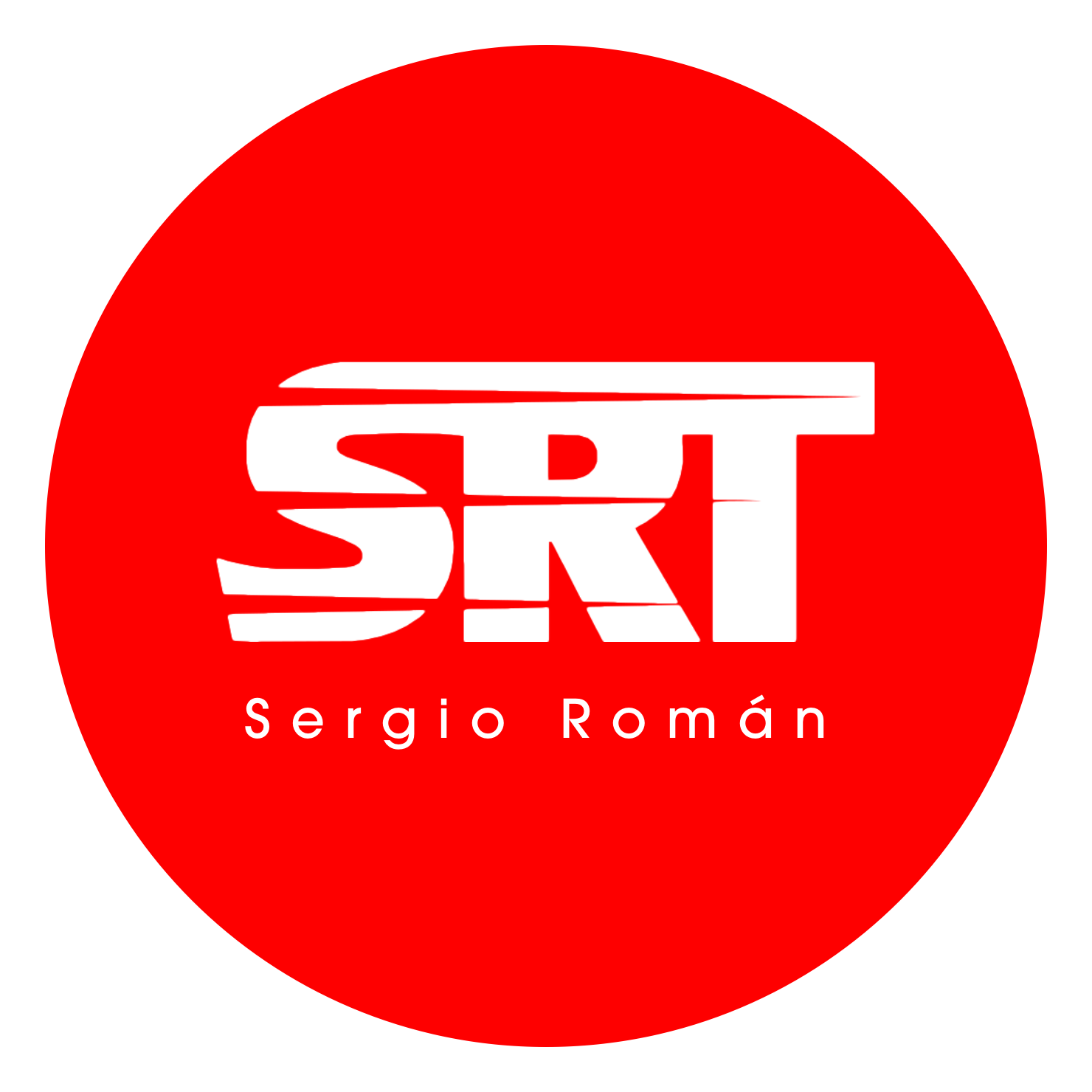Planning your nutrition to maximize performance in triathlon is crucial, as the sport combines three intense disciplines that demand a lot of energy and physical effort. Here is a guide that you can adapt according to your needs and goals as a triathlete.
1. Understanding Nutritional Needs
As a triathlete, your diet should be rich in carbohydrates to maintain energy levels, sufficient proteins for muscle recovery, and healthy fats. Don’t forget micronutrients (vitamins and minerals) that are crucial for performance and recovery.
Carbohydrates
- Function: Main source of energy.
- Sources: Rice, pasta, cereals, bread, legumes, fruits, and vegetables.
Proteins
- Function: Muscle repair and growth.
- Sources: Lean meat, chicken, fish, eggs, dairy, tofu, legumes.
Fats
- Function: Secondary energy source, vitamin absorption.
- Sources: Vegetable oils, nuts, seeds, avocado.
Hydration
Maintain good hydration. Water is crucial for optimal body function and to prevent fatigue and injuries.
2. Meal Planning and Timing
Organize your meals around your training sessions to optimize performance and recovery.
Before Training
- Objective: Ensure sufficient energy without feeling heavy.
- What to eat: Meals rich in carbohydrates and low in fat and fiber. Example: a banana with a small amount of almond butter, or a small bowl of oatmeal.
- When: 1-3 hours before training.
During Training
- Objective: Maintain energy and electrolyte levels.
- What to eat: If the training lasts more than an hour, consider consuming sports drinks, carbohydrate gels, or even dried fruits.
- When: Every 45 minutes onwards, depending on the intensity and duration.
After Training
- Objective: Recover energy, repair muscles, replenish nutrients.
- What to eat: Meals combining carbohydrates and proteins. Example: a protein shake with fruits and a carbohydrate source like rice or quinoa.
- When: Within 30 minutes post-training to maximize muscle recovery.
3. Example of a Typical Day
- Breakfast: Egg white omelet with spinach, a whole-grain toast, and a fruit.
- Lunch: Large salad with chicken breast, quinoa, avocado, and nuts.
- Snack: Greek yogurt with honey and nuts.
- Dinner: Baked salmon, roasted sweet potato, and steamed broccoli.
- Snacks: Fruits, protein bars, or a handful of nuts.
4. Supplements
While most of your nutrients should come from food, some supplements can be useful, especially for recovery and during long training sessions. For example, BCAAs (branched-chain amino acids), protein powder, and electrolytes.
5. Adjustments and Monitoring
Monitor your energy, performance, and recovery. If you notice that you feel fatigued or are not recovering well, adjust your caloric intake or macronutrient ratios. Consider working with a sports nutritionist to further personalize your nutrition plan.
This guide will help you structure your diet so you can perform at your best in your triathlon training and competitions. Remember that everyone is unique, so it’s important to listen to your body and adapt the recommendations to your specific needs.


Leave a Reply